Despite the VC gold rush, this expert is arguing that hype — as opposed to firm data and proven results — is in the generative AI industry driving seat.
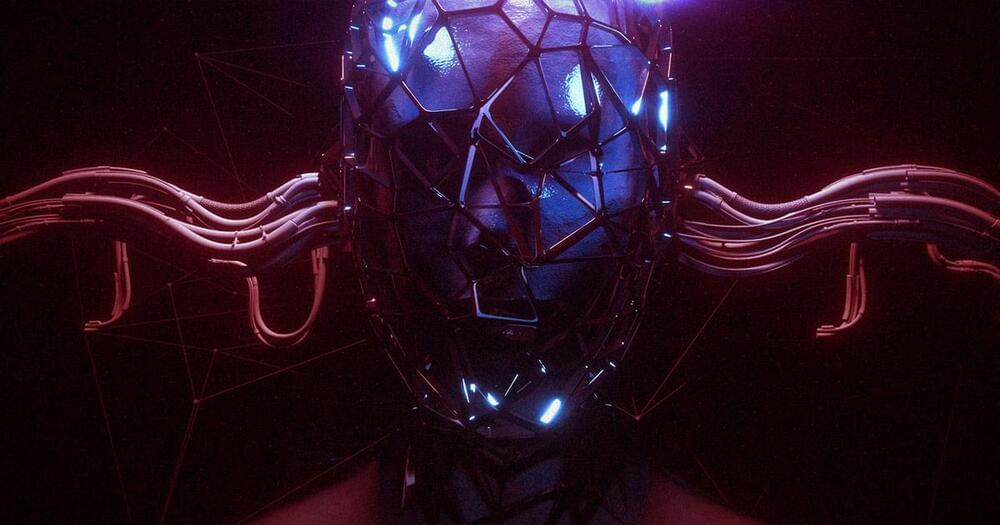

Forbes writer Kenrick Cai joins “Forbes Talks” to discuss his landmark report on how generative artificial intelligence will reshape the economy and the world.
Read the full story on Forbes: https://www.forbes.com/sites/kenrickcai/2023/02/02/things-yo…b4aebb5e31
Fuel your success with Forbes. Gain unlimited access to premium journalism, including breaking news, groundbreaking in-depth reported stories, daily digests and more. Plus, members get a front-row seat at members-only events with leading thinkers and doers, access to premium video that can help you get ahead, an ad-light experience, early access to select products including NFT drops and more:
https://account.forbes.com/membership/?utm_source=youtube&ut…ytdescript.
Stay Connected.
Forbes newsletters: https://newsletters.editorial.forbes.com.
Forbes on Facebook: http://fb.com/forbes.
Forbes Video on Twitter: http://www.twitter.com/forbes.
Forbes Video on Instagram: http://instagram.com/forbes.
More From Forbes: http://forbes.com.
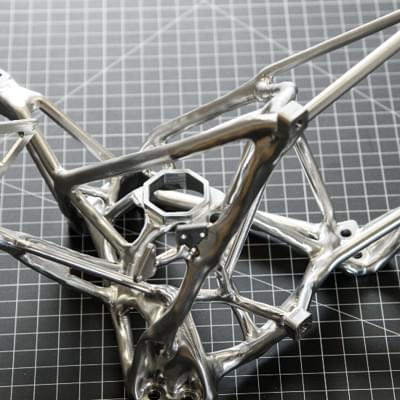
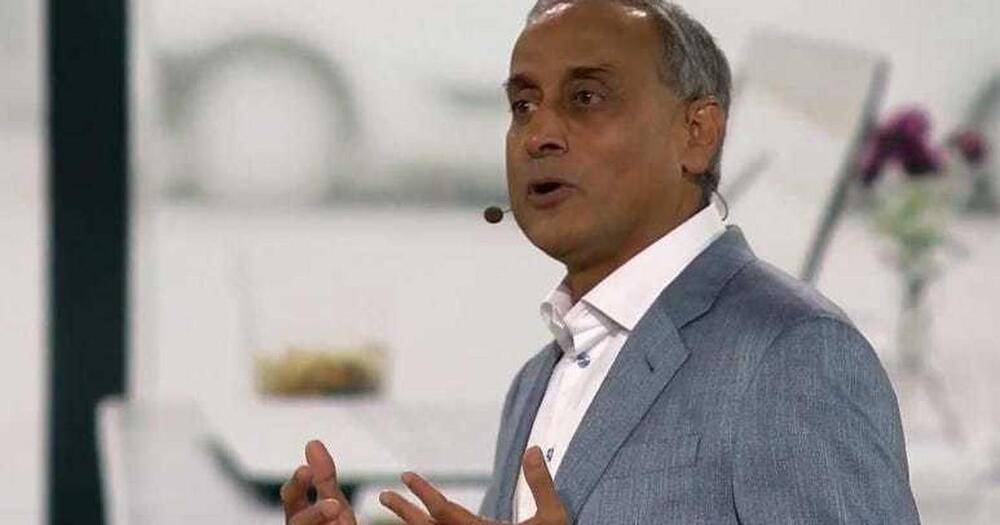
“This kind of artificial intelligence that we are currently talking about can sometimes lead to something we call hallucination,” he told the German newspaper.
He added: “This is then expressed in such a way that a machine provides a convincing but completely fictitious answer.”
On Monday Google used a presentation to unveil its AI chatbot called Bard that it hopes will rival ChatGPT.

Microsoft announced new AI-powered classroom tools today. The company sees its new “Learning Accelerators” as helping students sharpen their speaking and math skills — while making teachers’ jobs a little easier — as children prepare for an even more technologically enhanced world.
Speaker Progress is a new AI classroom tool for teachers. Microsoft says it saves them time by “streamlining the process of creating, reviewing, and analyzing speaking and presentation assignments for students, groups, and classrooms.” It can provide tidy summaries of presentation-based skills while highlighting areas to improve. Additionally, it lets teachers review student recordings, identify their needs and track progress.
It will be a companion for Speaker Coach, an existing feature Microsoft launched in 2021 that provides one-on-one speaking guidance and feedback. For example, it uses AI to give real-time pointers on pacing, pitch and filler words. “Speaker Coach is one of those tools that kind of was a lightbulb tool for a lot of students that I’ve worked with,” said an unnamed teacher in a Microsoft launch video. “Being able to practice and get real-time feedback is where Speaker Coach really comes in and helps our students, and it even helps us as adults.”


She even sends texts.
Saudi Arabia introduced its first-ever robot that can communicate in the Arabic dialect, perform popular local dances, and respond to questions at a conference in Riyadh on Tuesday. The event was held at LEAP23, the techno-conference, and the robot was documented by the state news agency SPA.
The interactive machine boasts a built-in camera that uses artificial intelligence to recognize when people are standing in front of it. It can then begin a conversation when a visitor addresses it with the sentence “Hello Sara.”
Sara has the ability to recognize different dialects from within the Kingdom. She can also analyze sentences and comprehend their content.
LEAP/ Twitter.
The event was held at LEAP23, the techno-conference, and the robot was documented by the state news agency SPA.
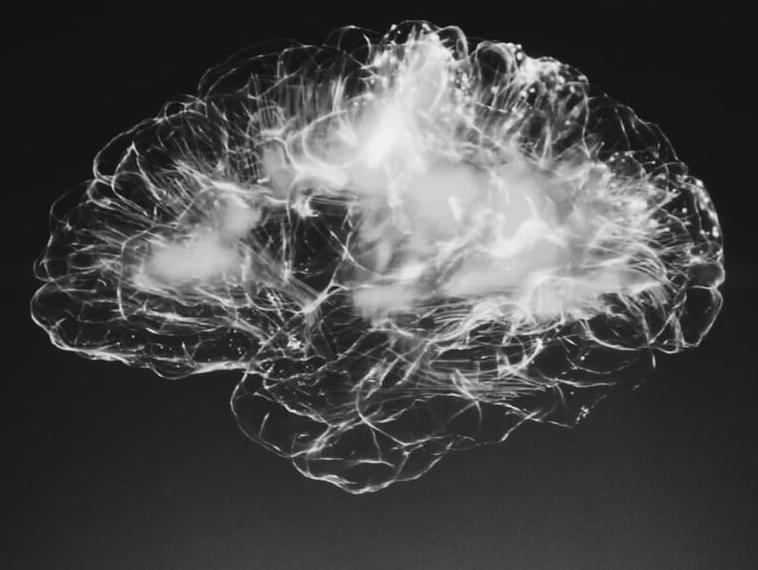
Running ChatGPT costs millions of dollars a day, which is why OpenAI, the company behind the viral natural-language processing artificial intelligence has started ChatGPT Plus, a $20/month subscription plan. But our brains are a million times more efficient than the GPUs, CPUs, and memory that make up ChatGPT’s cloud hardware. And neuromorphic computing researchers are working hard to make the miracles that big server farms in the clouds can do today much simpler and cheaper, bringing them down to the small devices in our hands, our homes, our hospitals, and our workplaces.
One of the keys: modeling computing hardware after the computing wetware in human brains.
“Inference costs far exceed training costs when deploying a model at any reasonable scale,” say Dylan Patel and Afzal Ahmad in SemiAnalysis. “In fact, the costs to inference ChatGPT exceed the training costs on a weekly basis. If ChatGPT-like LLMs are deployed into search, that represents a direct transfer of $30 billion of Google’s profit into the hands of the picks and shovels of the computing industry.”
If you run the numbers like they have, the implications are staggering.
“Deploying current ChatGPT into every search done by Google would require 512,820 A100 HGX servers with a total of 4,102,568 A100 GPUs,” they write. “The total cost of these servers and networking exceeds $100 billion of Capex alone, of which Nvidia would receive a large portion.”

Google employees criticized the company and CEO Sundar Pichai over the ‘botched’ launch of its ChatGPT competitor.
Googlers are talking all about the company’s announcement of its ChatGPT rival, Bard — and many aren’t happy with how things went. According to a report from CNBC, Google employees are calling the launch of the AI chatbot “rushed” and “botched” in posts across the company’s internal message boards, with many targeting CEO Sundar Pichai.
Google announced Bard earlier this week in a bid to get ahead of Microsoft, which took the wraps off of its ChatGPT-powered Bing a day later.
One employee said Google “botched” the Bard announcement.
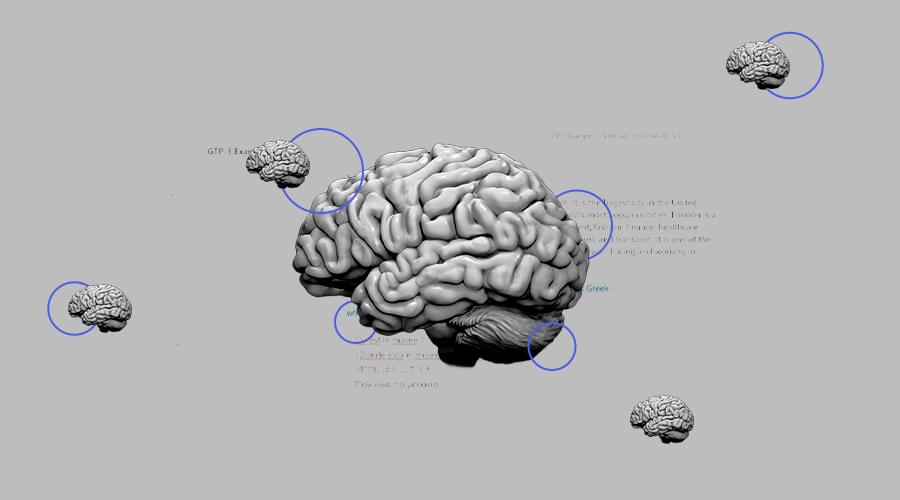
Generative Pre-trained Transformer 3 (GPT-3) is an autoregressive language model that was released just a few years back. This model uses deep learning to produce human-like text, hence has immense potential. However, considering how open the market is, there are numerous alternatives available out there. Here is a list of top 10 open-source GTP-3 alternatives you should try in 2023.
Bloom
Developed by a group of over 1,000 AI researchers, Bloom is an open-source multilingual language model that is considered as the best alternative to GPT-3. It is trained on 176 billion parameters, which is a billion more than GPT-3 and required 384 graphics cards for training, each having a memory of more than 80 gigabytes.